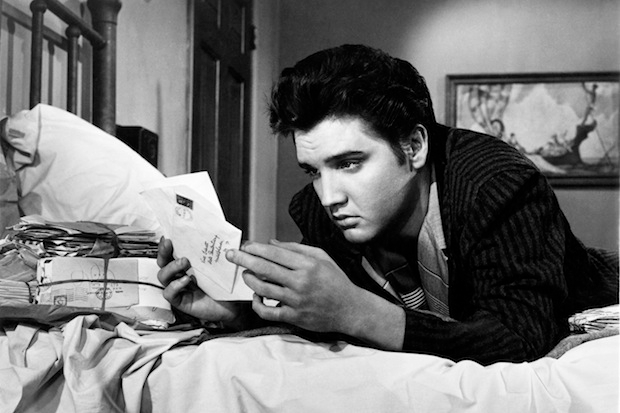Under normal circumstances, Simon Garfield’s chatty and informative excursion into the history of letter-writing would be a book to recommend. In recent years this author has produced eloquent and witty accounts of his fascination for maps and for typefaces: To the Letter makes a nice companion piece. Part of the book is a gentle lamentation about the end of letters; a death hastened, Garfield believes, by the digital age. But mostly he tells us things: when the pillar-box was invented and that it probably wasn’t the brainchild of Anthony Trollope, as has been posited (and against whom Garfield has an intriguing grudge); that Postman Pat’s theme song no longer has him delivering letters but parcels, since the Royal Mail decreed that the harmless puppet was inconsistent with the image they wish to promote. And we learn that, in the heyday of the British seaside holiday between 1902 and 1914, up to 800 million postcards were sent every year. Romans sent each other socks.
All of which makes this a very suitable Christmas present. Or would have, if its publisher hadn’t seen fit to bring out another book, Letters of Note. This seems something of an own goal on the publisher’s part, since no book concerning letters can hope to compete with this stupendously wonderful anthology. Letters of Note is quite literally the most enjoyable volume it is possible to imagine. Every page is a marvel.
To begin with, almost all the examples Usher has selected are reproduced in facsimile. Seeing the actual letters as physical objects shouldn’t make all that much difference to the pleasure of reading them, but somehow it does: the idiosyncrasy of the hand, the nostalgia of the telegram, even the yellowing typewritten page have a breathtaking pathos and immediacy. Some contain drawings. There’s a 1957 letter from an Australian schoolboy with his own design for a spaceship, as well as the very touching reply he received from the Department of Defence, 52 years later, after his missive was uncovered in the national archive. A 1953 letter to his son from Francis Crick contains little diagrams of his new discovery, DNA.
As a compendium of the famous this is hard to fault. It is full of surprises, too: the Queen sends her recipe for drop scones to President Eisenhower and Elvis Presley begs President Nixon for an anti-drug enforcement badge. Hitler’s nephew asks Franklin Roosevelt if he may join the American military, while a ten-year-old Fidel Castro congratulates him on becoming president —and asks for ten dollars. Leonardo da Vinci applies for a job, Groucho Marx is playfully cross with Woody Allen (‘there is no money in answering letters’) and in three short paragraphs Einstein describes a scientist’s view of God with a good sense and grace which Richard Dawkins would do well to study.
There are some suitably dreadful letters, including a horror from Joan Crawford to her daughter, following the publication of her confessional revenge-memoir Mommie Dearest. Ernest Hemingway’s response to Scott Fitgerald’s Tender is the Night is patronising and posturing and ill-judged. Several pages later, Fitzgerald’s beautiful letter of advice to his young daughter shows who was the greater writer — and the better man. Englishness is perhaps best represented by a 1943 note from Sir Archibald Clerk Kerr, H.M. Ambssador to Moscow, to Lord Reginald Pembroke:
In these dark days man tends to look for little shafts of light that spill from Heaven. . .So I propose to share with you a tiny flash that has illuminated my sombre life. . .God has given me a new Turkish colleague whose card tells me that he is called Mustapha Kunt. We all feel like that, Reggie, now and then, especially when Spring is upon us, but few of us would care to put it on our cards. It takes a Turk to do that.
The very best letters here are those sent to console although, of course, they make you cry. E.B. White’s is a model of dignity and sweetness while John Steinbeck’s response to the news his 14-year-old son is in love is wise and tender, concluding: ‘And don’t worry about losing. If it is right, if happens — the main thing is not to hurry. Nothing good gets away.’






Comments